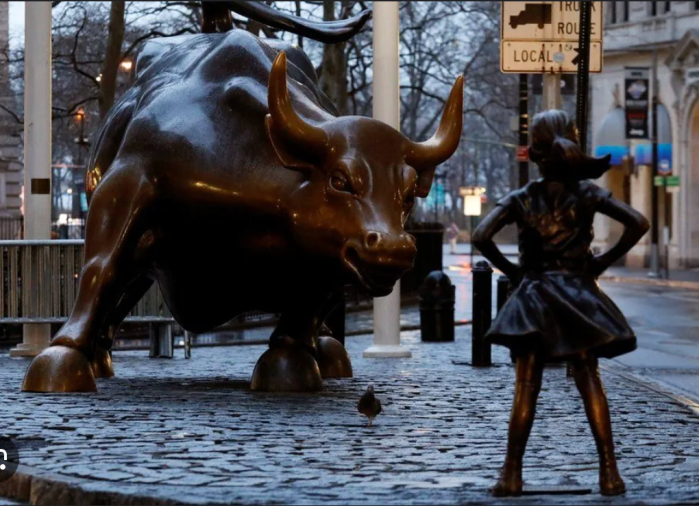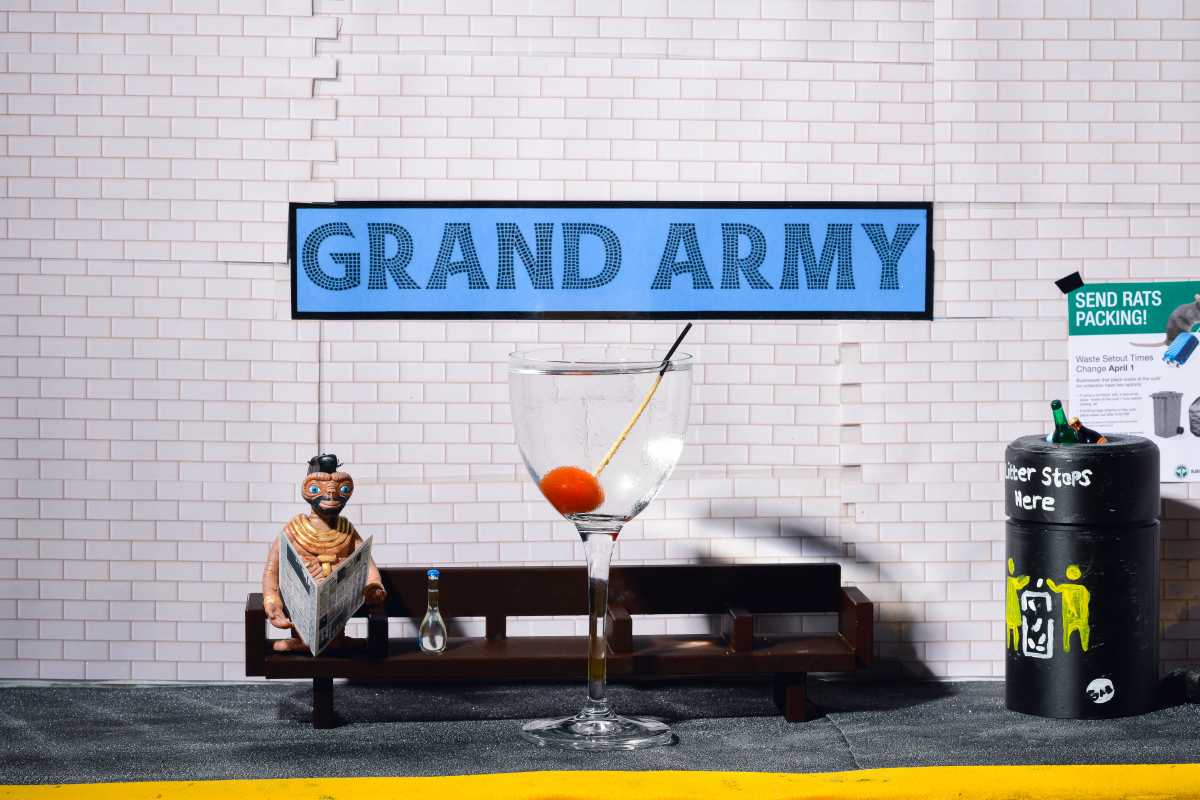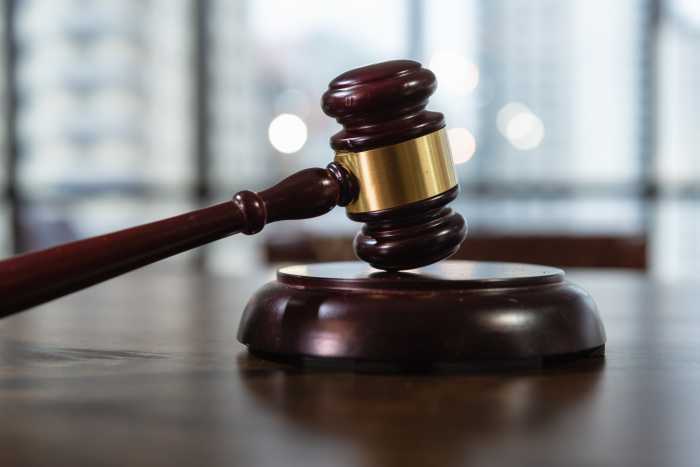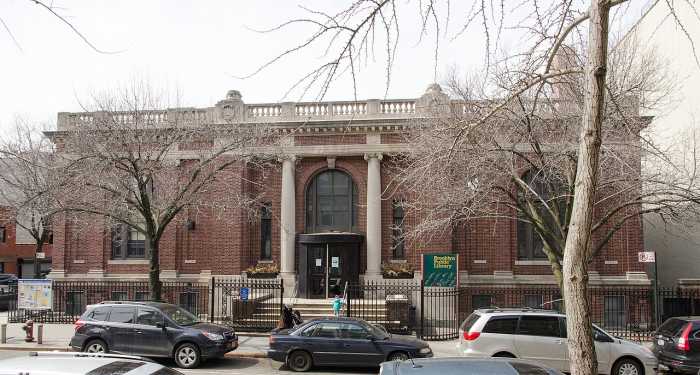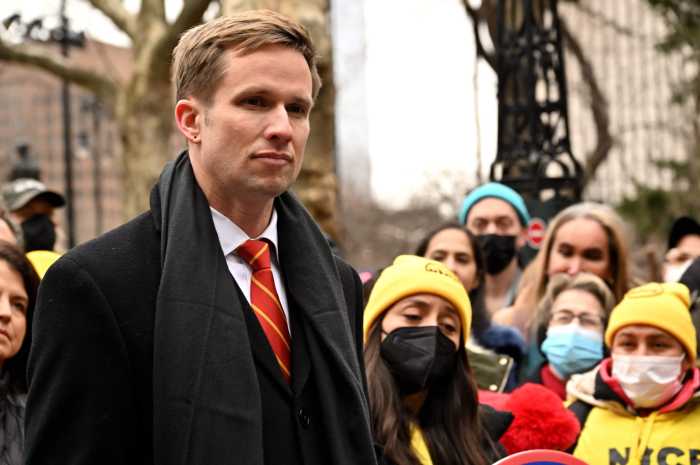By Albert Amateau
Looking beyond the controversial proposal for a stadium and for an expansion of the Javits Convention, West Side residents, businesses and elected officials last week turned their attention to the rest of the Bloomberg administration’s far-reaching Hudson Yards redevelopment plan.
Nearly 700 people filled the Haft Auditorium at Fashion Institute of Technology on Aug. 3 to talk about what Jeff Mulligan of the Department of City Planning, called “one of the most important initiatives in the city’s history.”
Two days later, more than 200 people filled the Hudson Guild’s Fulton Center in Chelsea for State Senator Tom Duane’s forum, “Envisioning the West Side,” with Deputy Mayor Dan Doctoroff, Manhattan City Planning director Vishaan Chakrabarti, Regional Plan Association president Robert Yaro and Gerald Schoenfeld, president of the Schubert Organization.
City Councilmember Christine Quinn and Assemblymember Richard Gottfried also took part in the Aug. 5 forum.
The Hudson Yards plan would transform the area between Ninth and 12th Aves. from 29th St. to 42nd St. to allow development of 28 million sq. ft. of office space, 12.6 million sq. ft. of residential space, high-rise commercial towers along 11th Ave., 20 acres of new parkland — including a park and boulevard between 10th and 11th Aves. — and, at a cost of $2 billion, the extension of the No. 7 subway across 42nd St. to 11th Ave. and then down to 34th St.
The plan to redevelop what the city calls “Manhattan’s last frontier” would require 10 rezoning measures, condemnations of private property and the city’s uniform land-use review procedure, which is expected to begin in the fall.
While the proposed stadium — called the New York Sports and Convention Center — and the Javits Convention Center expansion are parts of the plan that do not require the ULURP process, the 6,000-page draft environmental impact statement does consider the environmental impact of the stadium and convention center by the build-out, or scheduled occupancy, year of 2025.
“The E.I.S. indicates a traffic nightmare when the stadium is in use,” said Eric Goldstein, senior attorney for the Natural Resources Defense Council at the Aug. 3 forum. “For 11th Ave., 10th Ave and even Ninth Ave., forget about moving a wheel during peak times,” Goldstein added.
On special-event days — football games, major concerts — the traffic also would be very dense at 14th St. at the West Side Highway. Other traffic-jammed intersections are indicated at Houston St. at the West Side Highway and the Holland Tunnel exit near Canal St. On the East Side, Third Ave. at the 59th St. Bridge is foreseen as a traffic problem during peak hours, according to the E.I.S.
Noise and air quality would be problems by the build-out year, according to the E.I.S. Certain sites would be required to have special double-paned windows to keep noise down and air quality acceptable, the E.I.S. says.
Nevertheless, city officials say the redevelopment is vital to New York City’s future as a world-class business capital. But Community Board 4 and neighborhood groups including the Hell’s Kitchen/Hudson Yards Alliance say the plan has no specific provision for affordable housing and that high-rise commercial towers on 11th Ave. would wall off the waterfront.
Chakrabarti, however, said at the Aug. 5 forum that, “An army of people [in city government] is working to make sure there will be affordable housing in West Chelsea.”
While the redevelopment would bring a huge amount of office space to the west side of Midtown, Robert Yaro, R.P.A. president, questioned whether the market for commercial space would meet city expectations.
“The collapse of the dot-coms and the downsizing of Wall St. shows that all that commercial space is not needed now,” Yaro told the Aug. 5 forum in Chelsea. If the rezoning of the Hudson Yards were deferred, he added, “It would reduce the risk that commercial development of the West Side would compete with the needed redevelopment Downtown.”
Chakrabarti, however, insisted that the Hudson Yards would not threaten Downtown. “We’re working with the Lower Manhattan Development Corp. to make the rebuilding of Downtown happen,” he said. “Some companies will choose Midtown and some will choose Downtown,” he said, “But the World Trade Center will redevelop first before you see a single skyscraper on the West Side.”
Nevertheless, existing businesses on the West Side are worried about being displaced by the Hudson Yards project. Anthony LaSpada, an executive with Mercedes-Benz Manhattan, Inc., whose garage is at 535 W. 38th St. and whose showroom and service garage is at 530 W. 41st St., both between 10th and 11th Aves., told the Aug. 3 forum that he has problems with the Hudson Yards proposal.
The plan would involve condemnation of the Mercedes-Benz garage and force it to relocate. “There are few relocation opportunities in the area and relocation farther away will increase the cost of conducting business,” LaSpada said.
The city also plans to change 41st St. zoning from manufacturing to commercial, a change that would prevent a planned expansion of the Mercedes-Benz showroom and service garage. LaSpada said the condemnation and zoning change puts the business, and the jobs of 240 employees, at risk.
Howard Hornstein, an attorney representing FedEx, which has a long-term lease on a 200,000-sq.-ft. building at 528 W. 34th St. between 10th and 11th Aves., told the forum that about 300 jobs are threatened by the Hudson Yards proposal to condemn the property.
The city intends to take the FedEx building, a former Post Office, on behalf of the Metropolitan Transportation Authority to build the terminal station of the No. 7 line extension. Hornstein said the building is uniquely suited to FedEx and a move to New Jersey would increase traffic. He said the new subway station and a planned adjacent green space could be built somewhere else nearby to avoid a city takeover of FedEx property.
The M.T.A. did not send anyone to either hearing, lending some credence to the observation of Chelsea and Clinton advocates that the M.T.A. is an unwilling partner with the city and the state in the Hudson Yards project.
Joseph Restuccia, a member of Community Board 4 and of the Hell’s Kitchen/Hudson Yards Alliance, said that M.T.A. staff members have told Board 4 members that the $2 billion cost estimate for the No. 7 extension is a gross understatement. Moreover, the M.T.A. owns the rail yards and the development rights for the proposed platform to be constructed above the yards.
Although the M.T.A., a state agency, has signed onto a memorandum of understanding with the state and city to join the Hudson Yards project, state legislators have been calling for the agency to receive all the income from the development rights and use it for transit needs.










